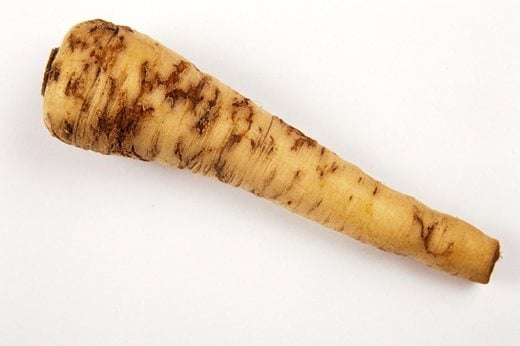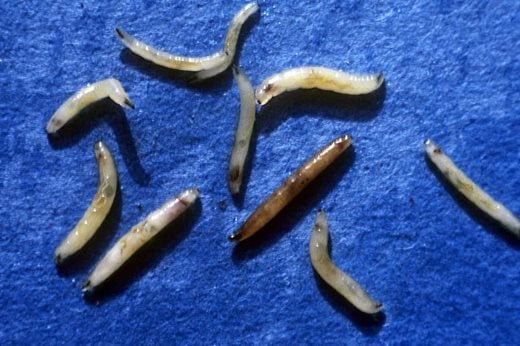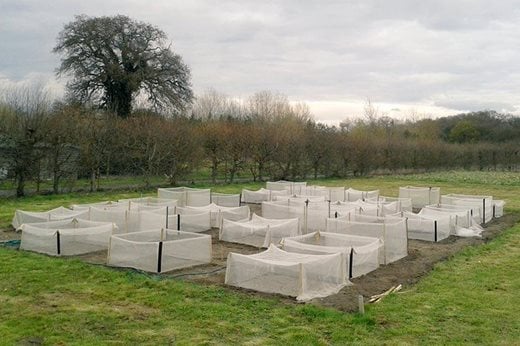In response to members' enquiries, our scientists are trialling methods to combat a common vegetable pest, carrot fly
'To be sure of our results, I think that we’re going to have to double the number of carrot plots,' I said one rainy Tuesday morning in January. 'Okay,' frowned our unflappable research assistant, before disappearing down to our field research facility to quietly step up the pace of constructing insect barriers.
Pesky pests
 Building these barriers was the first stage of a project to investigate if they’re effective against the pest carrot fly. This small, dark-bodied fly has larvae that feed on the roots of carrots and other related plants such as parsnip and parsley.
Building these barriers was the first stage of a project to investigate if they’re effective against the pest carrot fly. This small, dark-bodied fly has larvae that feed on the roots of carrots and other related plants such as parsnip and parsley.
I know how problematic these pests are for home gardeners. Eighty one percent of questions about carrot pests asked through RHS Gardening Advice are about carrot fly and many people give up on growing carrots because of them!
The project
In response to this, I’m working with Warwick Crop Centre at Warwick University. They've done a lot of research on carrot fly control, mainly on large-scale farms. Now we want to try and apply the same ideas on a smaller scale, more appropriate to a home or allotment gardeners. We hope to publish initial results this autumn.

Barrier fencing is widely recommended to stop flies reaching the crop to lay eggs. Ironically, flies are actually poor at flying, finding it difficult to clear obstacles such as fencing made from insect-proof netting.
We are testing three different barriers: 60cm tall, the height most commonly recommended for home gardeners; 90cm tall, a height shown to be partially effective in larger scale experiments for agriculture; 60 cm tall with an overhang which may trap climbing flies under the overhang.
We also have plots without any barrier at all, as well as those which are completely covered by insect-proof netting, in order to compare damage levels. Completely covering the crop to totally exclude the fly should, of course, be effective in preventing fly damage but can create other problems such as increasing humidity and making weeding and irrigation difficult.
It would be great if we can show that barriers can work for gardeners or, if it turns out that they are not as effective as completely covering the crop, at least we can reassure gardeners that covering is worth the bother!
Consequences
 Fast forward a few months to March, and I was in the midst of the practical consequences of the decision made from behind the safety of desk to double the number of experimental plots. I press-ganged a small labour force of RHS scientists. We spent weeks erecting barriers and sowing 40 plots of carrots - rapidly making our research facility look like a bizarre, monochrome encampment.
Fast forward a few months to March, and I was in the midst of the practical consequences of the decision made from behind the safety of desk to double the number of experimental plots. I press-ganged a small labour force of RHS scientists. We spent weeks erecting barriers and sowing 40 plots of carrots - rapidly making our research facility look like a bizarre, monochrome encampment.
Doubling the number of plots will increase statistical confidence in the results and, scientifically, was definitely the right thing to do. The mammoth amount of weeding ahead of us however will continue to haunt me!
Useful links
Sowing vegetable seed
Carrot fly advice

